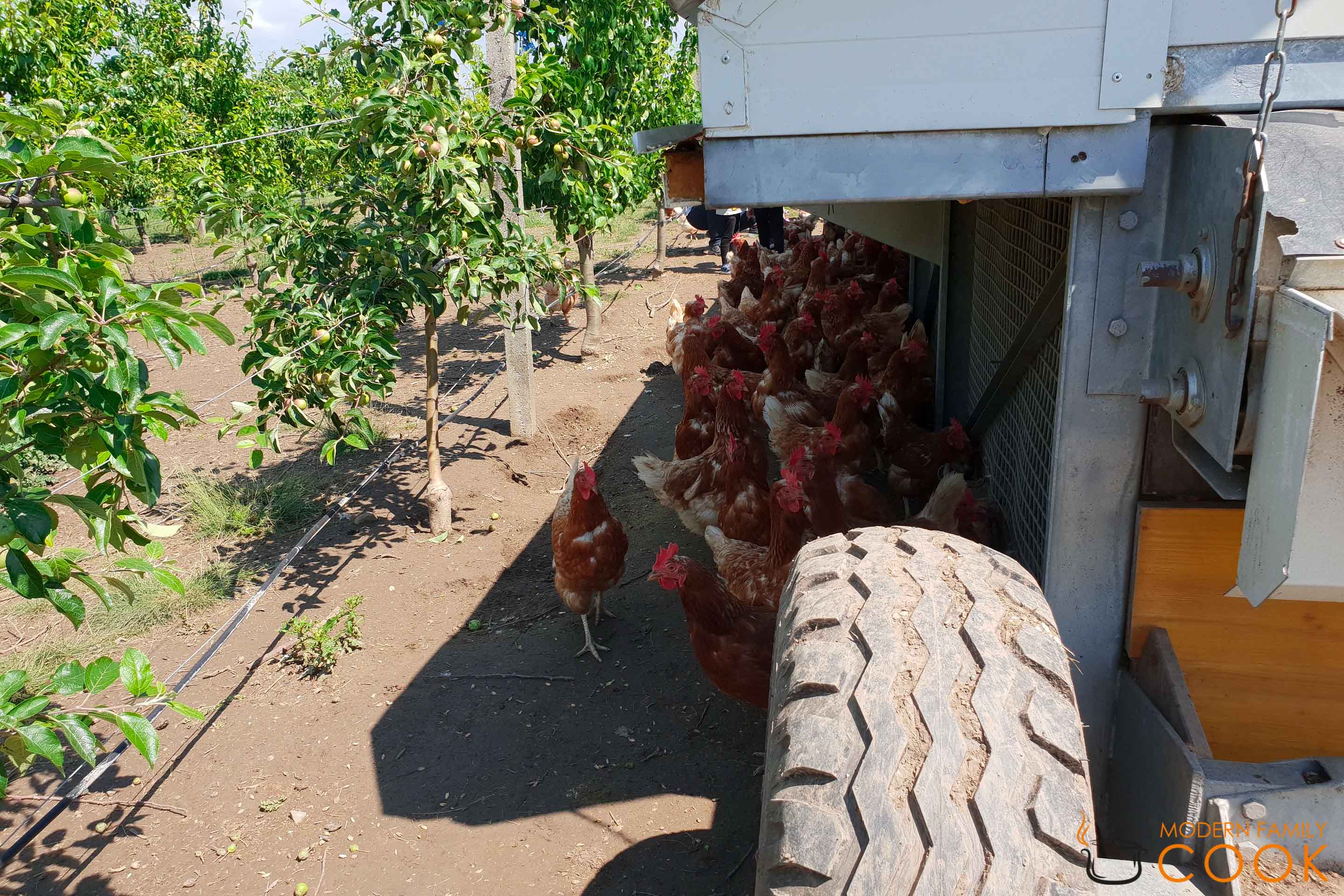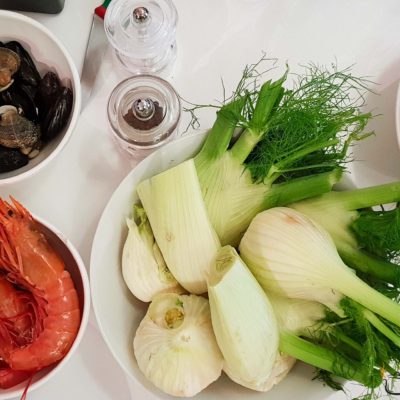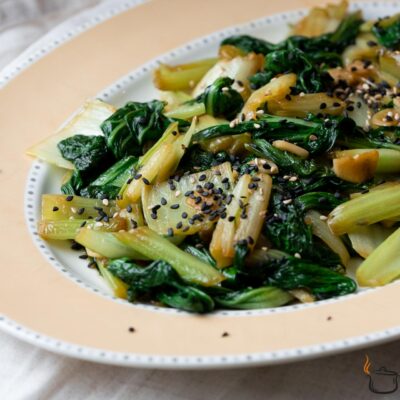On Saturday we went on a tour around a chicken farm in Lower Austria, where chickens roam freely around an orchard. It was an interesting, pleasant and educational experience, and a lot of responsible thoughts came to my mind. So, I decided to give some attention to the egg topic and tell you about egg production and consumption in Austria.
In Austria, the issue of conscious animal breeding is taken very seriously and has always been the subject of ongoing discussion. There is a great number of public service ads encouraging consumers to buy organic food, and those manufacturers who improve the welfare of farm animals are supported and promoted by the government.
For instance, there are numerous of posters plastered all over Vienna encouraging citizens to pay attention to the origin of the goods they buy. The poster says: “Scandalous? Legal? Doesn’t matter? One egg was laid in cage, the other – in the open air. Pay attention to where your food comes from!”.

What does “organic” mean? While the term “organic” is not regulated in Ukraine and hence is usually nothing but a marketing ploy, the EU countries have strict organic food labelling rules. To be certified organic, producers must follow a strict set of requirements and be inspected on a regular basis by a certification authority to ensure those standards are met.
As to eggs, in Ukraine they are labelled according to their size, in Austria – according to the method of their production.
Egg cartons are labelled in terms of how much outdoor time chickens were exposed to: indoor housing (Bodenhaltung), free-range (Freilandhaltung) or organic (Biohaltung). The first number of the egg code also defines the level of production quality: 0 – organic, 1 – free-range, 2 – indoor housing.

Austrians do love eggs and eat quite a lot of them. According to statistics, the average Austrian consumes about 235 eggs per year. What’s interesting is that 80% of eggs consumed in Austria is domestically produced. Speaking of the hen welfare, 68% of farms keep hens in barns, 21% in free-range systems and 11% in organic production systems. Cage farming was banned in 2009. For reference: more than 95% of eggs around the world are produced in cages or barns.
Let’s have a look on laying hens management systems and why Austrians concern about this issue so much.
The first management system we will have a look at is “organic egg production” (the first egg code number is 0).
Certified organic producers give their hens access to outdoor areas that is well covered with natural vegetation. Hens also have a secure shelter for nesting, eating and roosting at night. Poultry are fed only organic feed that cannot contain any vitamins, antibiotics or other drugs or hormones.
In Austria, public service ads foster the most conscious production system by encouraging the consumer to buy organic eggs. To save budget, consumers are recommended to reduce egg consumption rather then switch to lower-cost foods. As they say, “Less but better!”.

Another method of farming husbandry is free range or Freilandhaltung (the first egg code number is 1).
Just like in organic production, free range systems allow birds to roam freely around a natural outdoor area, however the space of such area per one hen is reduced. This method can be referred to as a ‘low-cost’ organic egg production. Free range production is considered by public as bird-welfare friendly.

Another production method, indoor housing or Bodenhaltung, is far more economic though less welfare friendly (the first egg code number is 2).
Beside lack of sunlight (which is important for chicken overall health and egg quality), this method allows nine hens only one square meter of floor space for “roaming”.
Battery cages are another housing system which is now history. The space available to each hen in a battery cage is less than the size of a sheet of A4. Hens aren’t able to perform their natural behaviors in such conditions. Austria banned battery cages from 2009.
After reading all this, you may wonder why people still buy cage-free, in some countries, even battery-cage eggs. To my mind, after the advent of mass production and supermarkets, we, consumers, have become too far disconnected from nature. Many urban dwellers don’t know what story lies behind the eggs they’re picking up in the dairy aisle. However, nowadays more people are becoming more conscious about what they eat.

In Austria, positive attitude to responsible food production is instilled at a young age. Our trip to a free-range chicken farm was part of a local farming support program sponsored by the government. Several farm households of Lower Austria opened their doors for visitors, mostly families, and showed them how they keep chickens, grow fruit and vegetables, asparagus, make bread. Some farms host school visits as well. Last year my daughter’s class was taken to a farm to dig up potatoes. She came back home happy with a sack of potatoes harvested all by herself.
In the chicken farm we went to, an orchard was established in a free-range area allowing a more effective use of the land (eggs&fruit), and chickens are happily foraging around the trees.

In the orchard there is a ‘camper trailer’, or a so-called chicken hotel, for food, shelter and nesting. It’s not that big but it seems like there’s enough room for chickens – they are bustling in and out all the time. Though it might be overcrowded in bad weather.

We were allowed to pick up freshly-laid eggs, and for me as an urban dweller it was a very emotional moment of connection with nature and the land. One of the eggs was still warm…

Afterwards we were invited to lunch to try some simple fresh egg dishes.
Most of all we liked egg dumplings, or Eiernockerl, the recipe you can find here.

What is surprising is that how public awareness shows itself in different aspects of people’s life, even if it’s poultry welfare. In this sense, Austria is a good example to follow!
Today's visits: 1.











